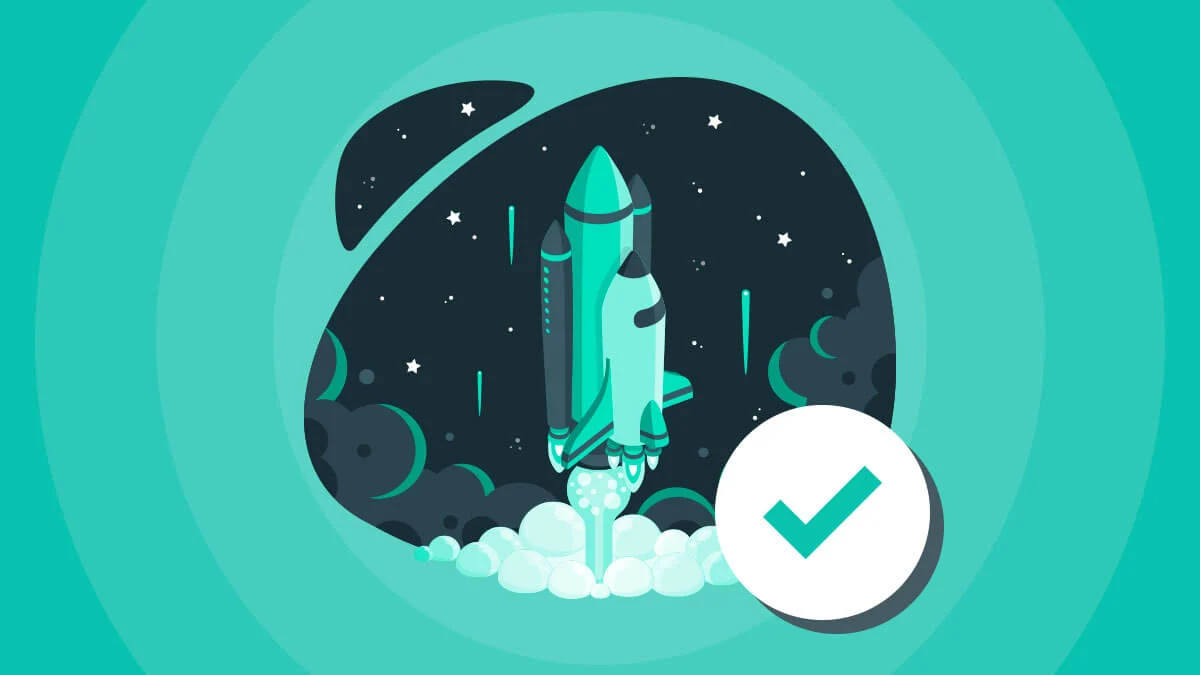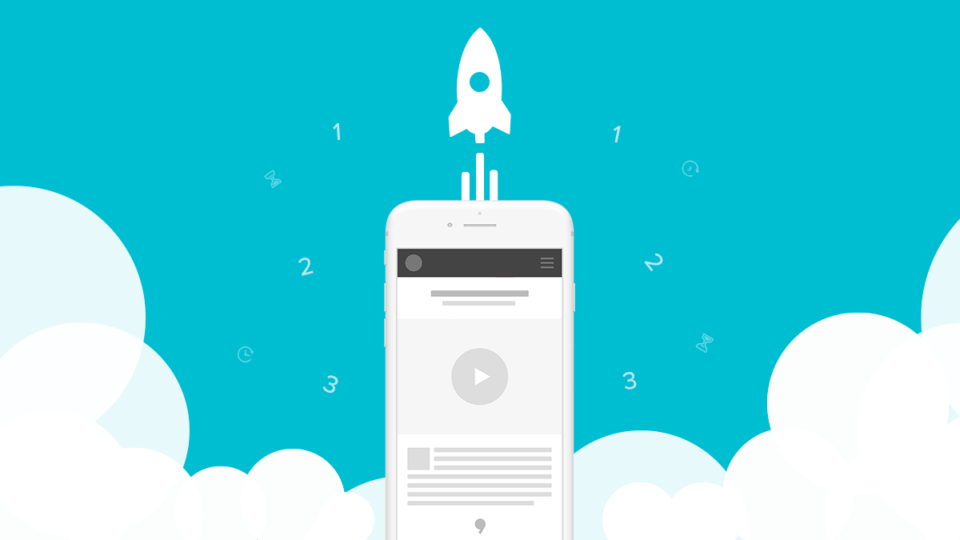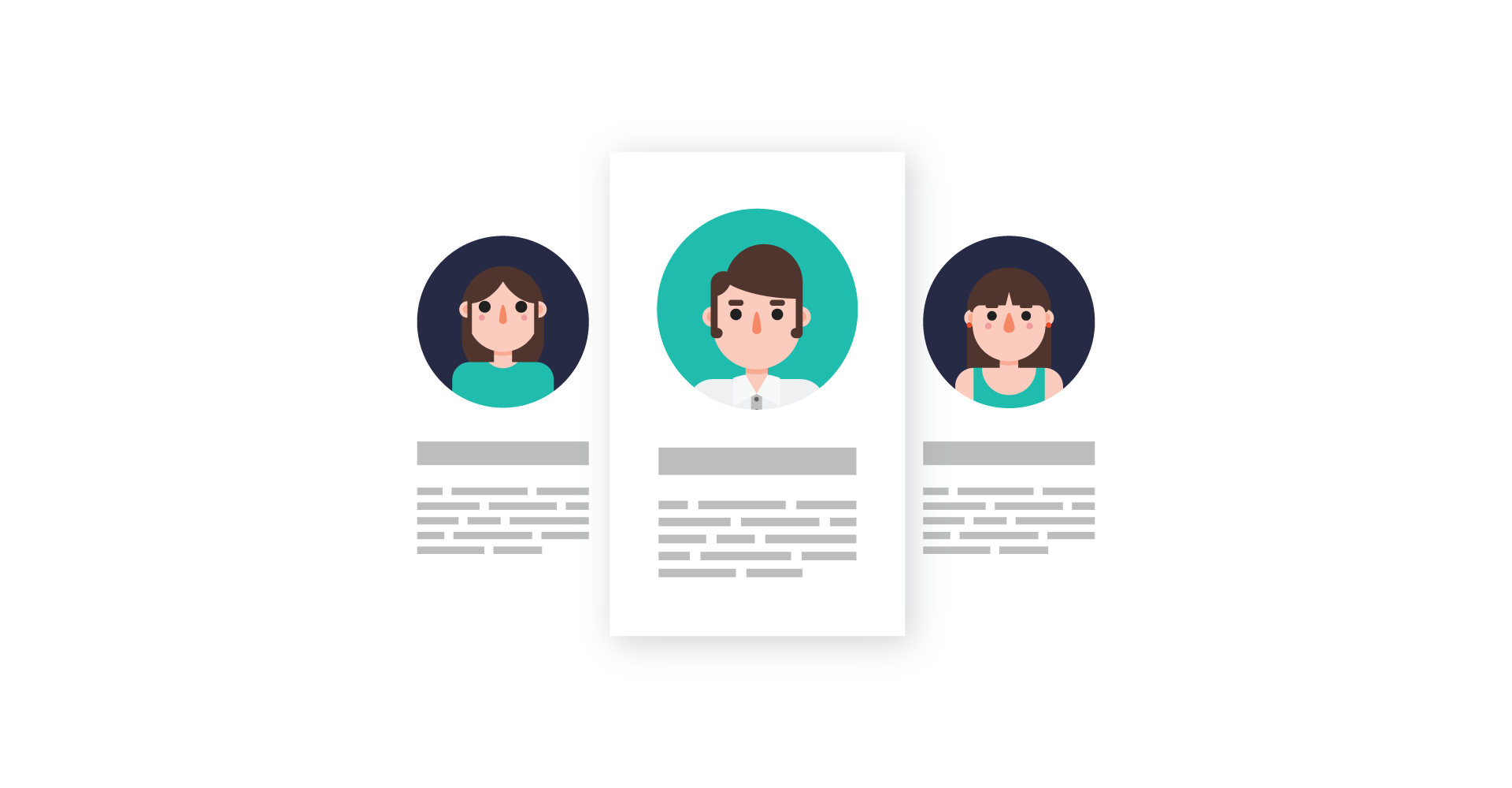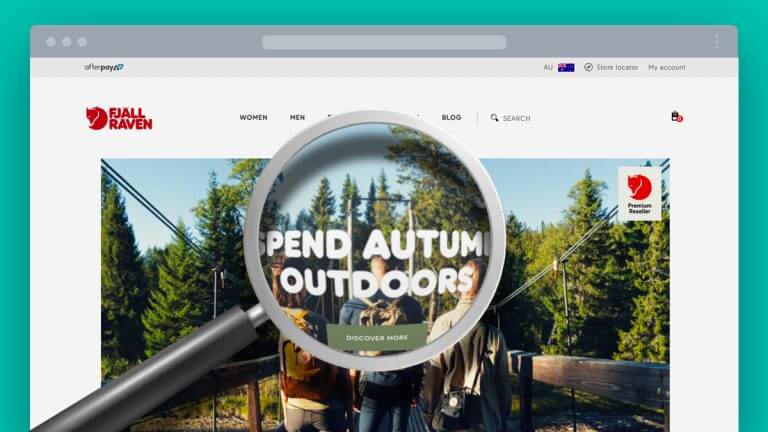As a business, it is always important to bring in consistent and quality leads, whilst always looking for better ways to market. The aim is to have full exposure in all channels your ideal buyer persona or customer may use during the buyer’s journey. This is referred to as a full funnel inbound marketing approach.
The inbound methodology
Inbound marketing is focused on attracting your ideal personas through relevant and helpful content, adding value at every stage in your customer’s buying journey. With inbound marketing, potential customers find you through channels like blog content, search engines, and social media rather than one single channel.
Unlike outbound marketing such as TV commercials, inbound marketing is a non disruptive form of marketing and does not need to fight for potential customers attention. By creating content designed to address the problems and needs of your ideal customers, you attract qualified prospects and build trust and credibility for your business.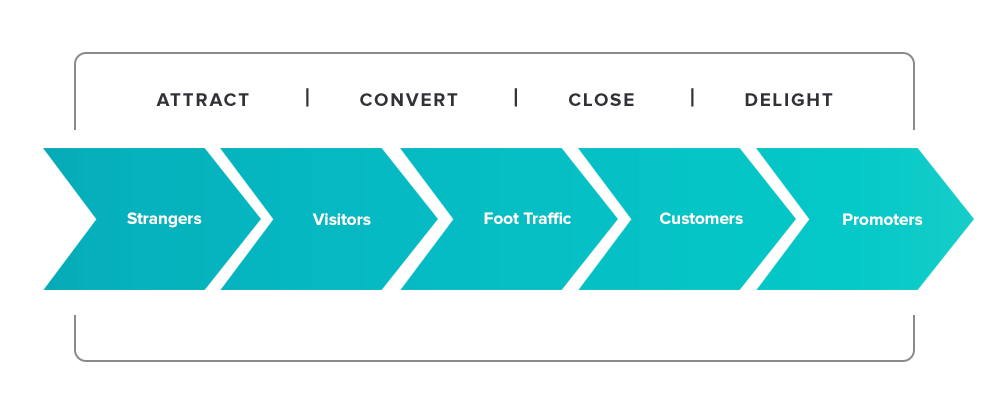
The inbound methodology above, shows how strangers are turned into customers and in turn promoters of your business throughout the four phases – attract, convert, close and delight.
The 4 phases of inbound marketing
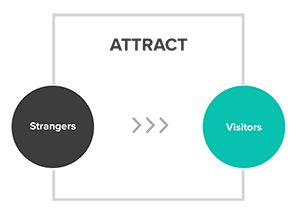
![]()
![]()
![]()
![]()
Technology has changed how people search and buy. Your customers have never had more access to information at the edge of their fingertips and in turn have become savvy researchers. The customer is now in charge of the buying process and start their research online. Gone are the days of being cold marketed to.
Attracting the right people at the right time with relevant content, ensures they are more likely to become leads. These people will be attracted through valuable content that’s been created in your topic clusters and content strategy, then shared through social media. This “attract” stage is also where display advertising such as Google display and Facebook ads can nicely fit into the journey.
For example, a blog post is published to your website and shared out via your Facebook and LinkedIn page, attracting interested people to your website. Typically a blog article is for people high in the sales funnel that are currently researching solutions to their problems, or even gathering ideas and inspiration.

![]()
![]()
![]()
![]()
Now that you’ve attracted your website visitors, you want to convert them into leads. Ideally your visitor will read your blog post and then be enticed to a landing page using a call-to-action button offering a valuable piece of downloadable content or something in exchange of their email address. This could be a checklist, a how-to guide, or even a whitepaper.
To receive the download, the visitor will enter their details in a form via a targeted landing page. If you are using a sales and marketing automation software such as HubSpot, the visitor’s email address and details can be captured allowing you to visualise their movements throughout the buyer’s journey.

![]()
![]()
![]()
The valuable content has successfully converted your visitor into a lead. Now you’ll want to transform them into a customer, however they may not be ready to become a customer yet. This is where lead nurturing comes into play. Depending on your business, there are many ways this can be done. You may want to send them an email with additional information. This could be an info pack, or even a trackable link to a relevant case study page. Nurturing your lead helps to build trust, making your lead more ready to start the sales process.
If you’re using sales and marketing software, you’ll have the ability to be able to see if your lead has downloaded an info pack, or looked at that case study you have sent them. In this case, you may consider them a warmer lead. This activity tracking builds efficiency within your sales team, arming them with the insights to help them focus on the right leads. This also allows your sales team to know where their time is going to be best spent. You can also give your leads a score to help prioritise them.
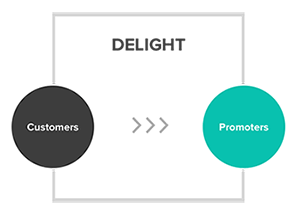
![]()
Ensure you’re engaging with your customers and opening opportunities to continue a conversation with them, making their life easier and in turn delighting them along the way. This can be done through multiple channels such as EDM’s and social media. This helps them, stay longer, buy more, refer friends and share their positive experiences through social media and word of mouth!
Inbound content marketing is a long term plan for diverse and sustainable growth for any business. It takes time to properly understand your customers, their needs, wants and objections and to develop the right content. When done right, and consistently, organic growth that optimised content drives will amplify month on month. Ensure you are always testing and measuring your content marketing efforts so you can track your success from the start!
Knowing your persona
Do you know who your persona or ideal customer is? Create your personas today, enabling you to better tailor and optimise your content, attracting the right visitors and increasing your conversions.

